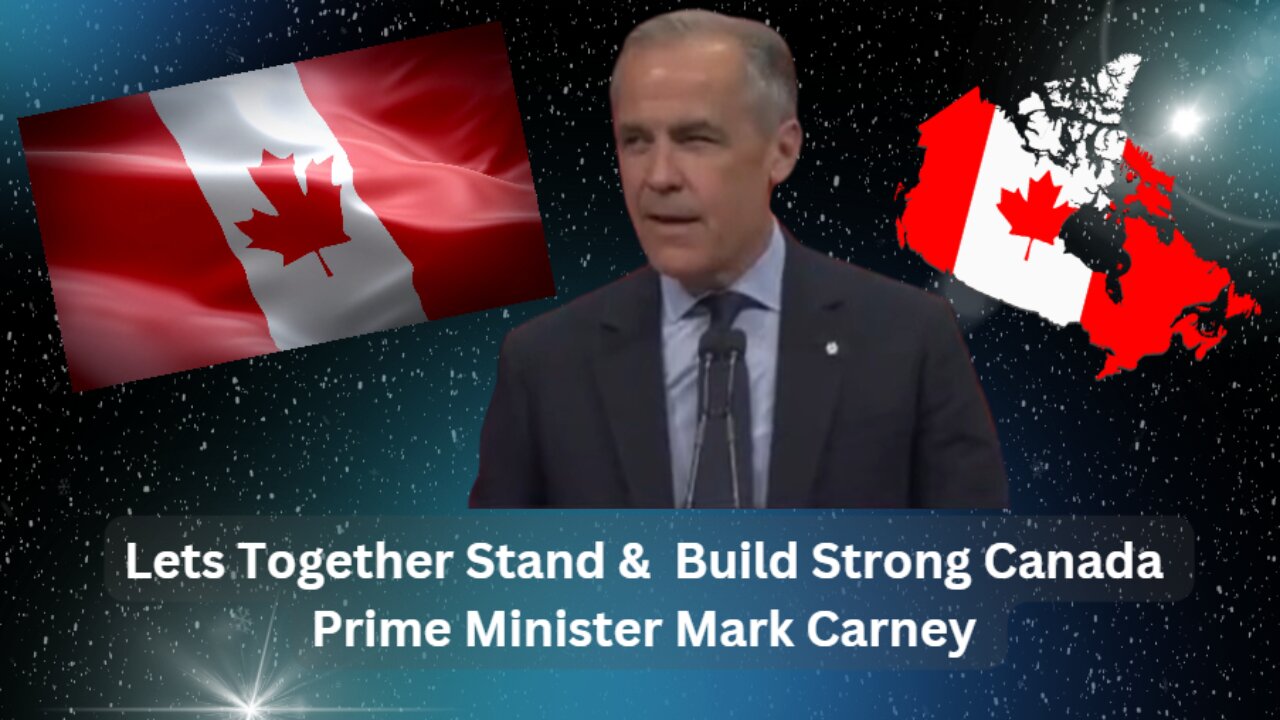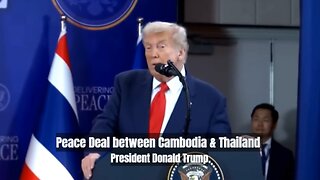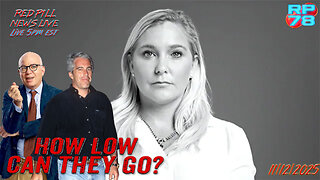Premium Only Content

Lets Together Stand & Build Strong Canada - Prime Minister Mark Carney
The Political Trajectory of Canada’s Prime Minister: From Trudeau’s Decline to Carney’s Rise
In the 2019 federal election, Canada entered new political territory as no party managed to win a majority. Prime Minister Justin Trudeau's Liberals secured a minority government with 157 seats, while the Conservatives followed with 121. The New Democratic Party (NDP) continued to lose voter support, marking a steep decline.
In the aftermath of the COVID-19 pandemic, Trudeau called an early election in 2021, hoping to capitalize on the government's pandemic response and secure a majority mandate. However, the Liberals once again fell short, winning 160 seats. This result led to a cooperative agreement with the NDP, led by Jagmeet Singh, allowing the Liberals to maintain power.
By September 2024, public dissatisfaction with Trudeau’s leadership grew, and the NDP withdrew from their supply-and-confidence agreement, weakening the Liberal hold on Parliament.
Following the 2025 federal election, Mark Carney has emerged as the new leader of the Liberals and is set to remain Prime Minister. Should he choose to reorganize his cabinet, new ministers will be formally appointed by the Governor General during a swearing-in ceremony at Rideau Hall.
Liberal Comeback as Conservatives Face Setbacks
In a dramatic political shift, the Liberal Party—under Mark Carney—claimed victory in the April 28, 2025 election, reversing earlier predictions of defeat. The win was seen as a political comeback, spurred in part by growing tensions with the United States, including threats of annexation and an intensifying trade dispute initiated by U.S. President Donald Trump.
Speaking to supporters in Ottawa, Carney emphasized national unity and condemned what he called the end of the historic post–World War II partnership between Canada and the U.S. “We have moved beyond the initial shock of America’s betrayal,” he stated, “but we must carry its lessons forward.”
As the final votes were counted, the Liberals secured more seats than the Conservatives in the 343-seat Parliament. However, it remained uncertain whether they would govern alone or require support from smaller parties to pass legislation.
-
 30:39
30:39
News World Around – Stay Updated with Global News
12 days agoPeace Deal between Cambodia & Thailand - President Donald Trump
10 -
 LIVE
LIVE
The Jimmy Dore Show
27 minutes agoPastors PAID To Slander Tucker & Candace! Trump IRATE Over New Epstein Emails! w/ Elijah Schaffer
3,208 watching -
 LIVE
LIVE
Barry Cunningham
1 hour agoBREAKING: PRESIDENT TRUMP DINNER | GOVERNMENT SHUTDOWN VOTE | MAHA SUMMIT WITH RFKJR & JD VANCE!
1,162 watching -
 DVR
DVR
Kim Iversen
2 hours agoTrump Spent “Hours” With Epstein Victim — Possibly Blackmailed
71.3K58 -
 1:53:34
1:53:34
Redacted News
3 hours agoBREAKING! Trump Holding Emergency Epstein Meeting as House Votes to Release Epstein Files
137K82 -
 LIVE
LIVE
MattMorseTV
2 hours ago $6.98 earned🔴The House VOTES to RE-OPEN the GOVERNMENT.🔴
1,662 watching -
 LIVE
LIVE
Red Pill News
4 hours agoNew Epstein Emails A Dem Distraction on Red Pill News Live
3,944 watching -
 1:02:31
1:02:31
Russell Brand
4 hours agoTrump takes on BBC while Britain burns - SF649
134K50 -
 1:18:59
1:18:59
vivafrei
5 hours agoLive with Elijah Schaffer - Sued for $5 Million by Alexis Wilkins - Legit or Lawfare?
46.3K21 -
 1:41:07
1:41:07
The Quartering
6 hours agoTrump ENRAGES MAGA, H1-B Backlash, New Epstein Leak, Pier Morgan's Covid Apology!
142K59